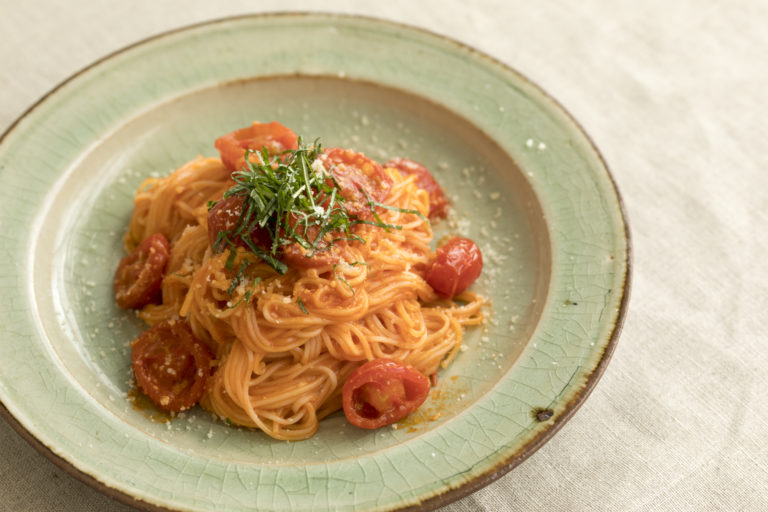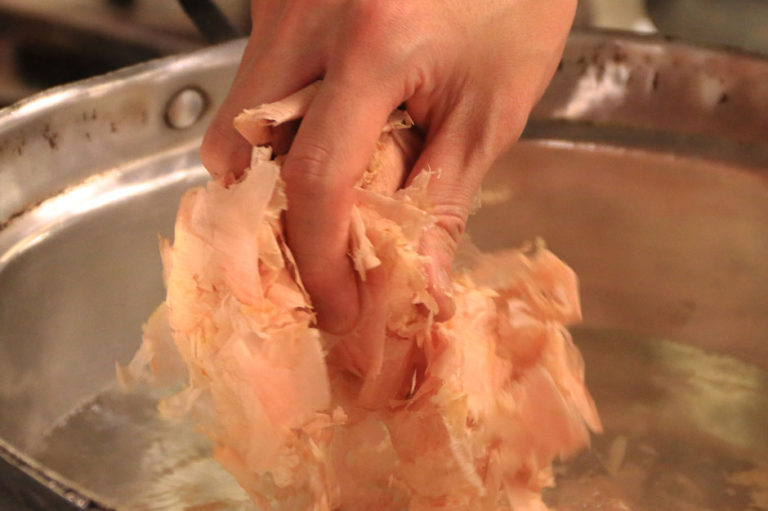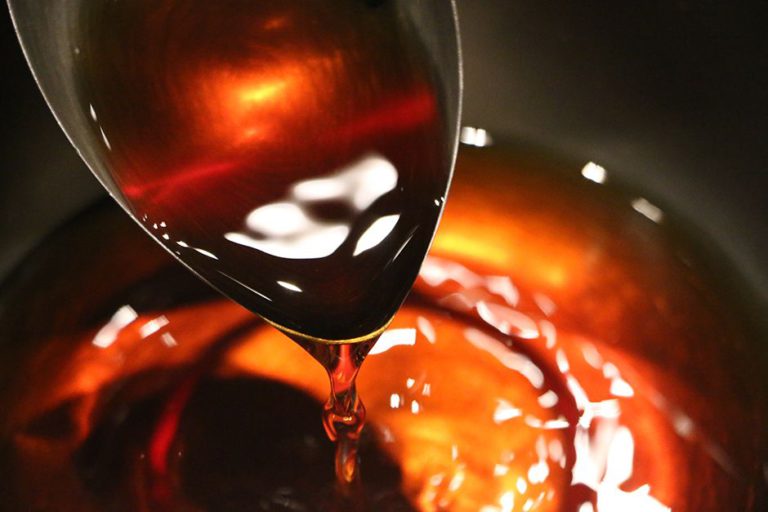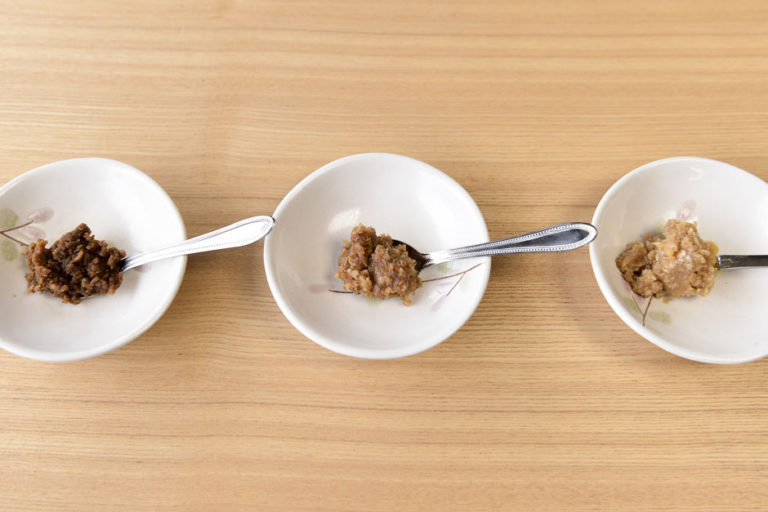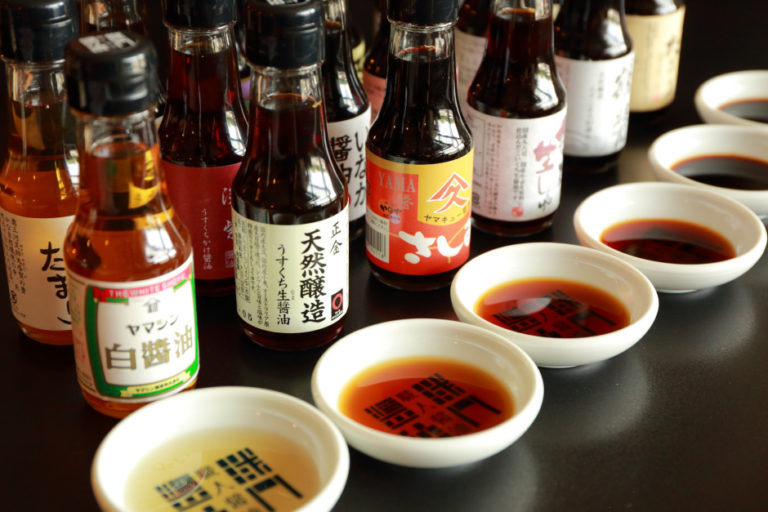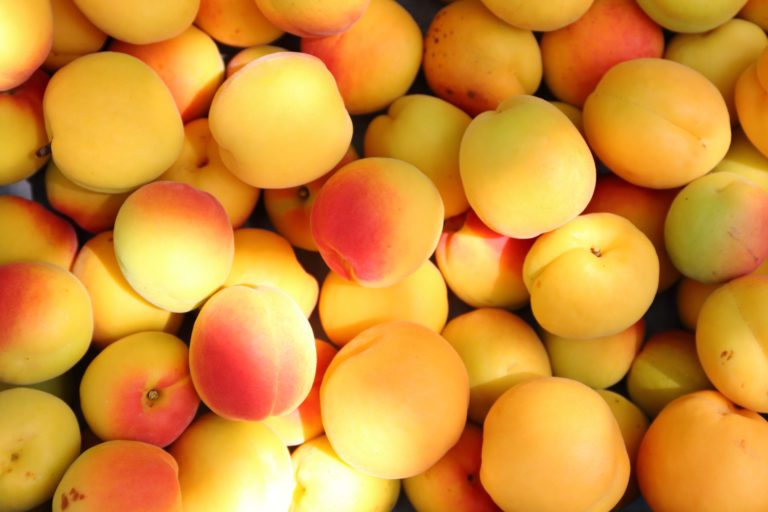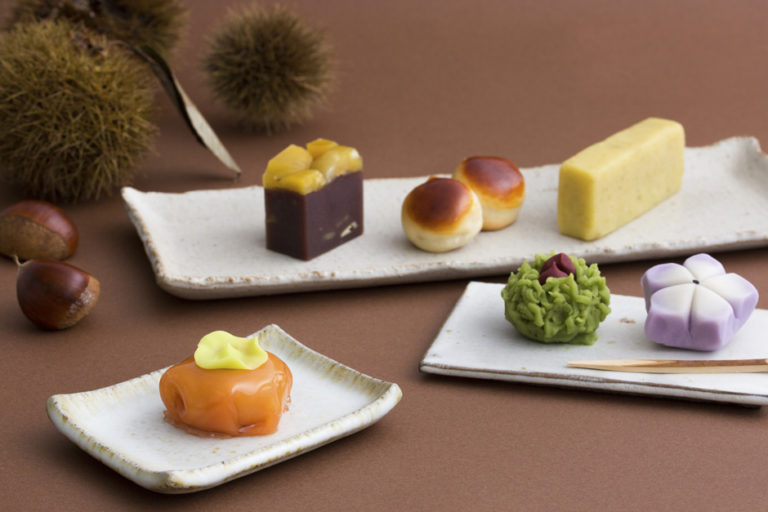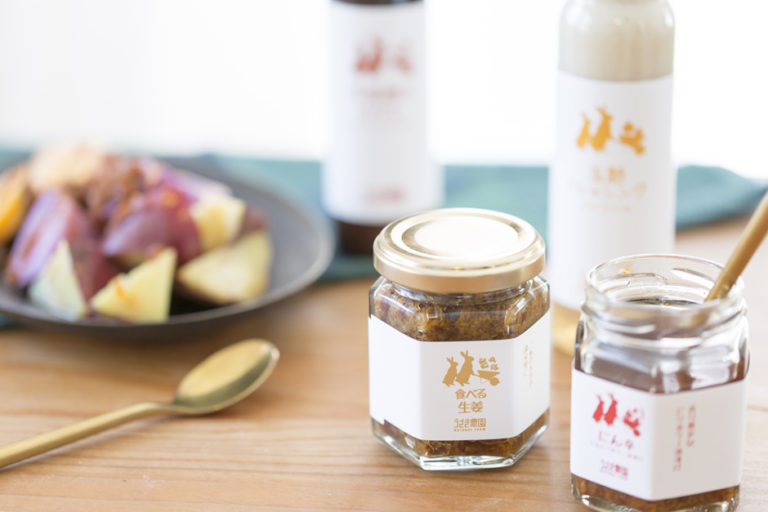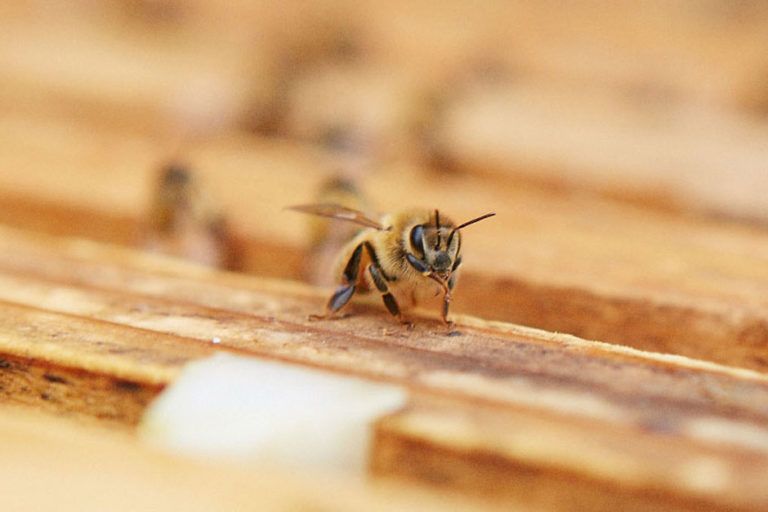Umami, a Taste Discovered in Japan that now Garners Attention from The World
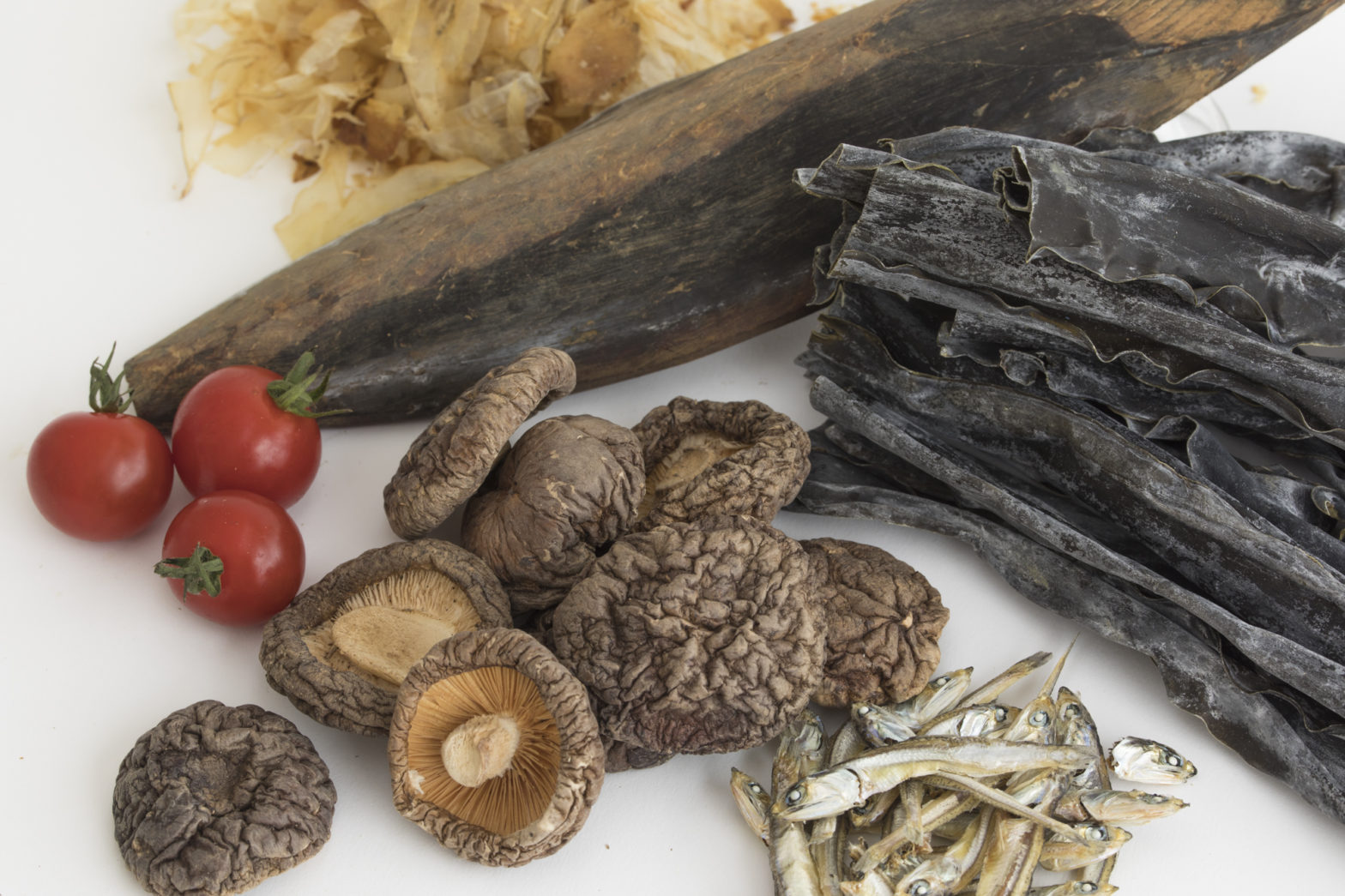
Umami is one of the basic tastes that people taste. It was discovered about a century ago by Dr. Kikunae Ikeda, a Japanese chemist known as one of the Ten Great Japanese Inventors. This discovery has been developed into international research in recent years, and umami has become a term recognized universally.
A “basic taste” that builds the foundation for tastiness

First of all, what is umami? We spoke with Kumiko Ninomiya, Director of the Umami Information Center, a non-profit organization.
“Tastes that people feel are ‘tasty’ are structured with 5 tastes: Sweet, bitter, sour, salty and umami. These are called the basic tastes. When a substance containing these basic tastes touches the organ “taste buds” on the tongue, it is immediately classified into one of these tastes, and information about the taste is transmitted to the brain through the taste nerve.”
For example, sugar, which provides energy, is perceived as sweet, and minerals, which maintain fluid balance of the body, are perceived as salty. Sensing sour and bitter can also help avoid consuming immature fruits and rot. Basic tastes are a function that is vital for us to live.
“Among the basic tastes, umami plays a role of signifying that protein, an important nutrient for humans, has entered the body,” Ninomiya tells us.
The fifth basic taste discovered by a Japanese chemist
Before the advent of umami, it was said that the basic tastes were sweet, sour, salty and bitter. In 1908, Dr. Kikunae Ikeda, a chemist, realized there was a taste that could not be explained by these four alone, and discovered the fifth taste inspired by kombu dashi (Japanese soup stock made with dry kelp) used to cook yudofu (hot tofu). After he clarified the taste was created through glutamic acid, a kind of amino acid which is abundantly contained in kelp, he named the taste as umami. Advancements in research since then have revealed that three substances—glutamic acid, inosinic acid, and guanylic acid—are the major umami substances.
What foods contain umami? We asked Ninomiya typical ingredients rich in umami substances.
Glutamic acid: Kelp, tomatoes, onions and fermented foods such as cheese, miso and soy sauce
Inosinic acid: Animal-derived products such as dried bonito flakes, meat and fish
Guanylic acid: Dried mushrooms such as dried shiitake mushrooms and dried morel mushrooms

Glutamic acid is essential to bring out the umami of ingredients. If you add inosinic acid or guanylic acid while using glutamic acid as a base, you can taste more intense umami through synergetic effects. A good example is dashi made from kelp (glutamic acid) and dried bonito flakes (inosinic acid). There are countless Japanese dishes that make use of umami, including miso soup, chawanmushi (egg custard dish) and soba tsuyu (dipping sauce).
“One of the key features of Japanese cuisine is that it effectively incorporates umami. A typical example is dashi. The flavor that gently spreads when you take a sip of dashi is the taste of umami substances. It is said that umami was used in the Muromachi period (1336–1573), and it has been rooted in Japanese food culture for centuries,” says Ninomiya.
Internationally, the dashi as termed in Japan has been used locally as well. For example, Western-style dishes use stock and Chinese dishes use baitan, which is created by simmering meats, fish and vegetables for hours. Dashi, on the other hand, is made by simmering kelp and dried bonito flakes for several minutes to about an hour to extract umami.
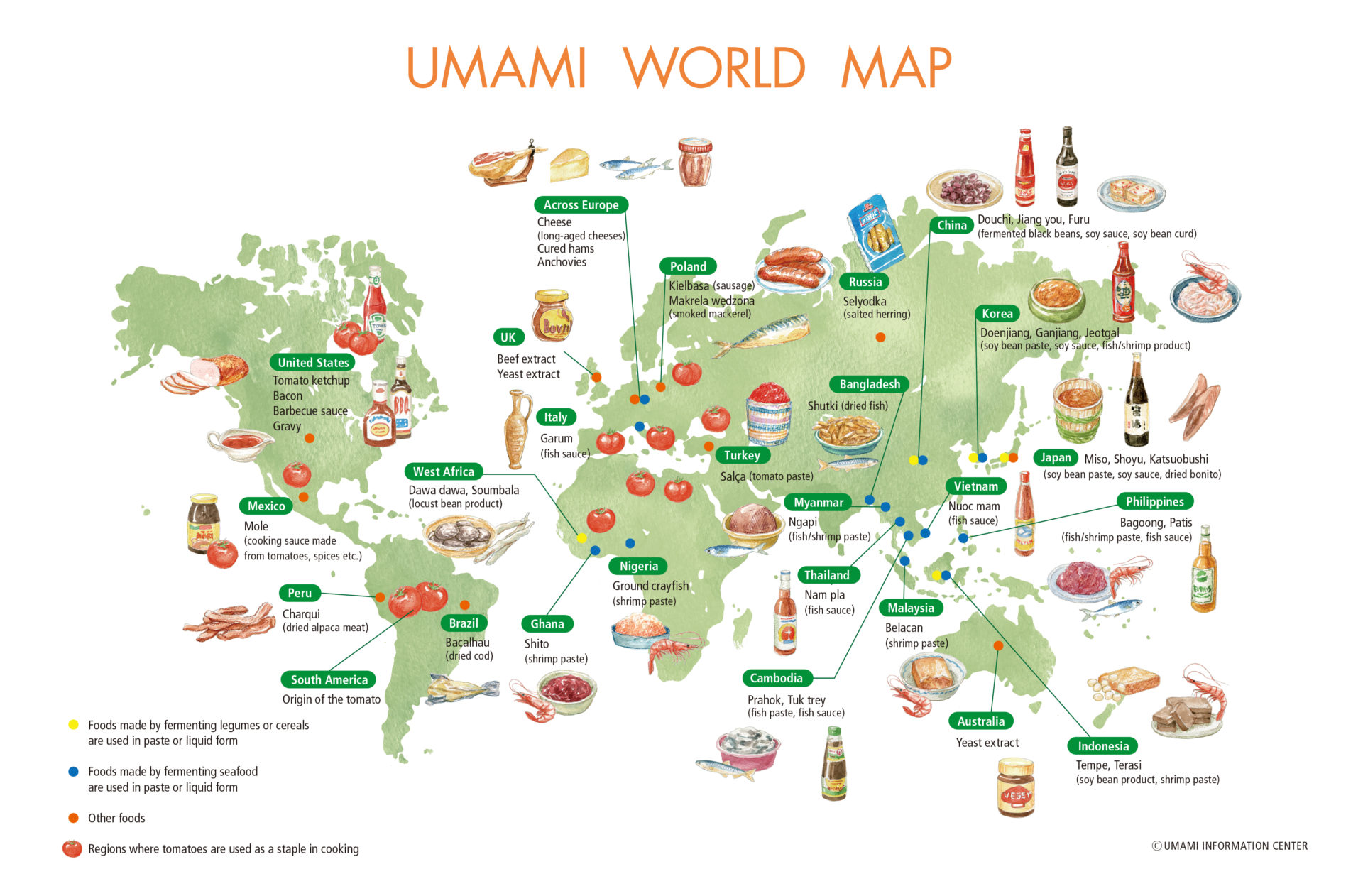
“If soup stock is an oil painting drawn with many layers of paints, dashi is a simple ink painting. I think the reason why healthy Japanese food is drawing attention globally is that by cooking with umami, you can reduce the use of salt and craft delicious dishes even without using animal-derived fats and oils,” explains Ninomiya.

Dr. Ikeda studied in Germany for two years several years before he proposed the existence of umami. It may be his firsthand experience with the food culture of a country other than Japan that led him to identify an element of umami from Japanese food.
The effects of umami recognized by chefs around the world
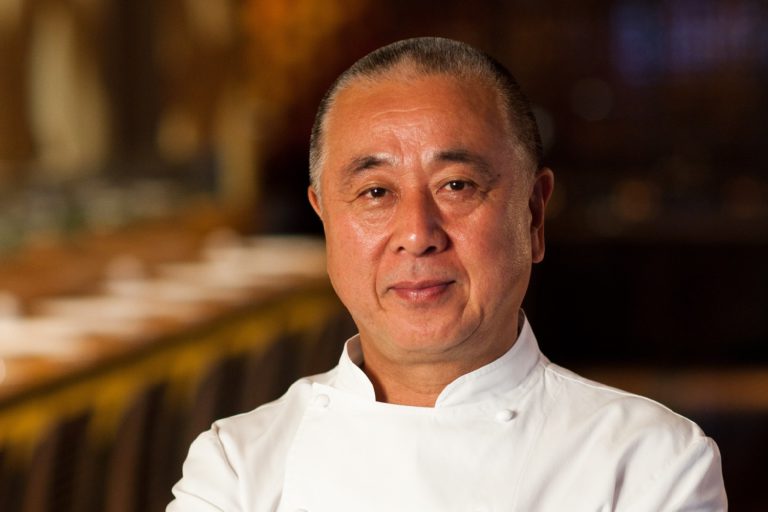
“Umami is vital for creating delicious food.”
This is what Nobuyuki Matsuhisa, the celebrity chef who runs restaurants in major cities across the globe including MATSUHISA and NOBU, tells us.
“I started being very conscious about umami after I attended a seminar hosted by the Umami Information Center in 2004. Since then, I held dinner events called Sake and Umami Dinner at my locations such as London, New York, Athens and Cape Town and continued pursuing my own interpretation of umami.”
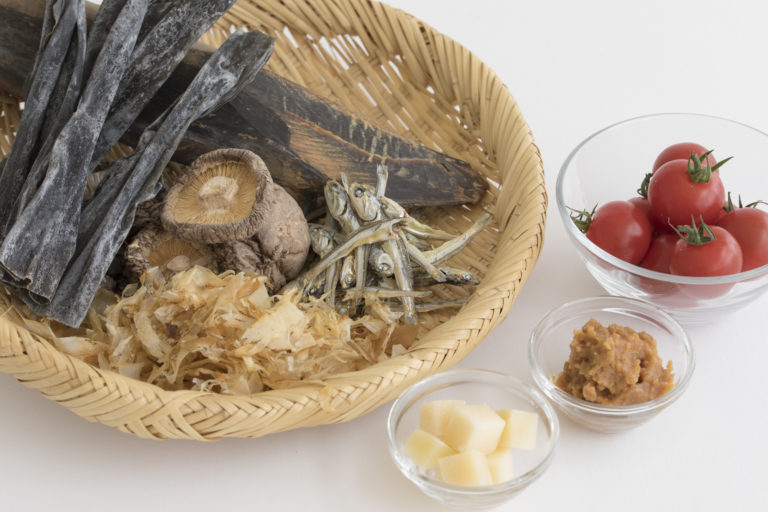
As he works to spread the potentials of umami in numerous countries around the world, he says he is witnessing a change in the perceptions on umami among chefs.
“More chefs are actively adopting umami in creating their dishes. For example, a French chef started using cheese with a lot of umami in his dishes after understanding the effects of glutamic acid. New dishes are being crafted by combining tasty foods that are locally rooted.”
Matsuhisa says that there were definite borders between cuisine genres until about a decade ago, but techniques and ingredients have recently been shared beyond these boundaries. Matsuhisa himself is also looking to create dishes that please the palates of people all over the world. For example, he adds tomato flavor to soy sauce and mixes cheese with miso. He goes beyond Japanese cuisine.
The globally recognized chef taught us a recipe that can be easily made even at home.
“If you insist only on creating umami, the resulting taste will be monotonous and dull. Your potential for cooking will further expand by keeping in mind to create harmony with other tastes and foods,” says Matsuhisa.
About a hundred years since the discovery of umami, the reason why the taste spread from Japan to the rest of the world is that chefs recognized the delicious effects of umami. And beyond that lies a new frontier for food culture.

